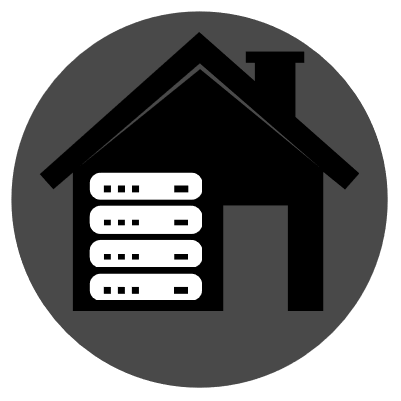

Thanks for the response, this makes sense I suppose. I personally like being explicit and knowing-at-a-glance what is currently configured, but I can see some defaults being useful for many beginners for instance, and keeping config cleaner.


Thanks for the response, this makes sense I suppose. I personally like being explicit and knowing-at-a-glance what is currently configured, but I can see some defaults being useful for many beginners for instance, and keeping config cleaner.


This sounds interesting. But in that case, how are headers set? From a security and even privacy standpoint the correct headers can be quite important. How do you enable/disable http2 and http3?
Arch was the distro that got me to stop distro-hopping. It’s stable, it has a rolling release, and it’s mine (as in, customizable, manageable).
I guess, if there’s anything I wish I’d known off the bat is that the Arch documentation is probably the best available. So much so, a LOT of it applies to Linux in general and not strictly to Arch.
https://wiki.archlinux.org/title/Main_page
If something breaks, READ the error messages, understand each component, and check the wiki, there’s a very high chance the troubleshooting section has the exact issue laid out.
I have two of these in the household, one of the best tech investments I made. No more homescreen ads.